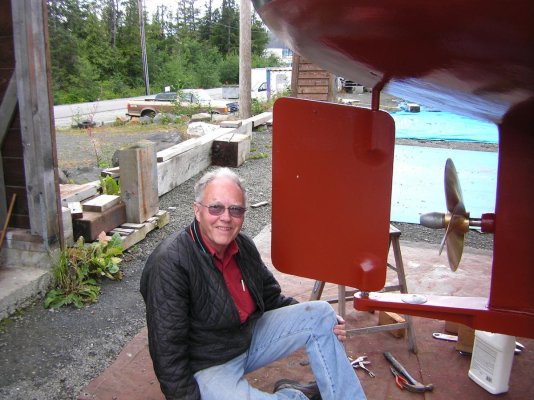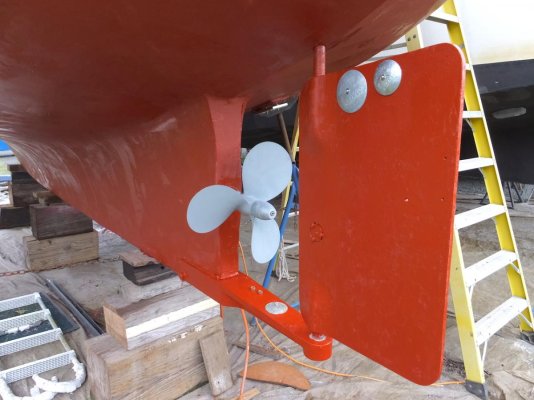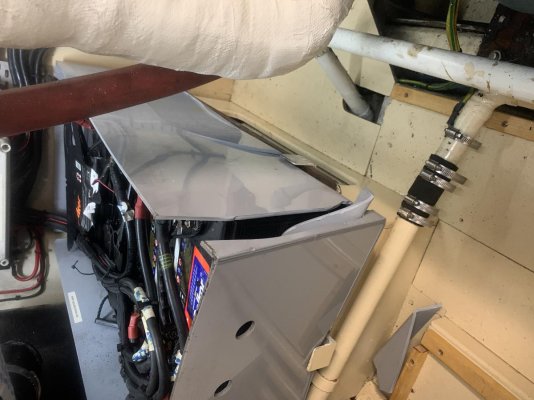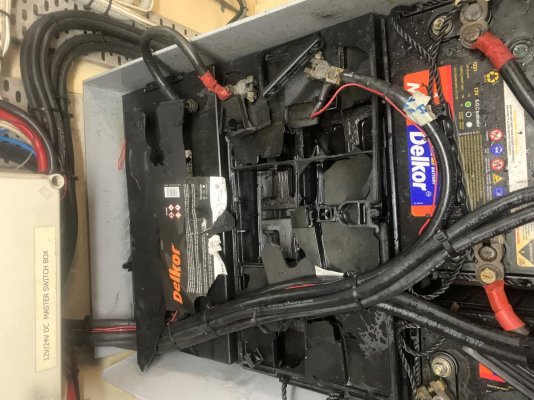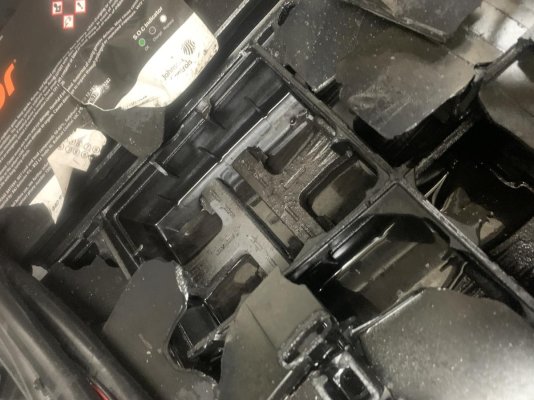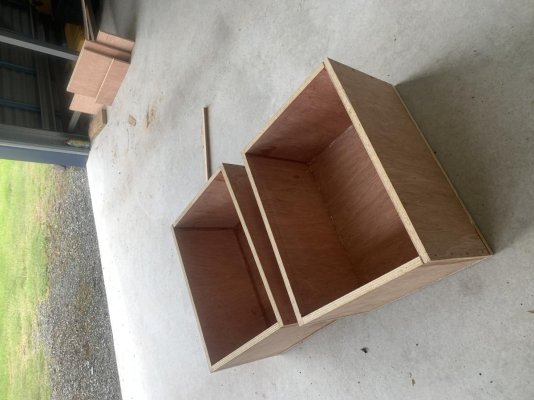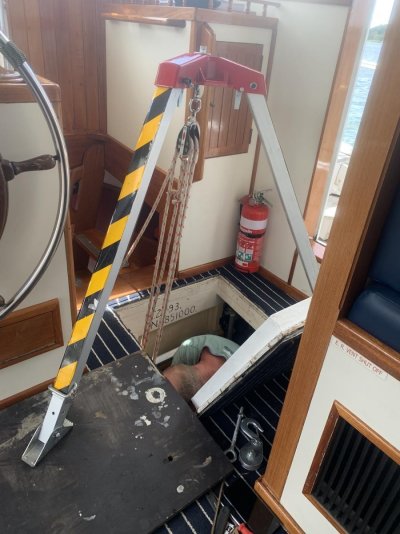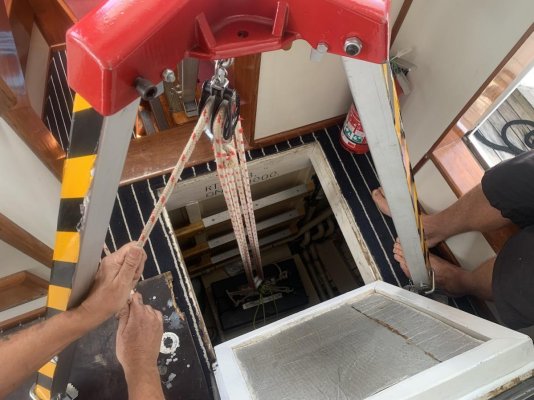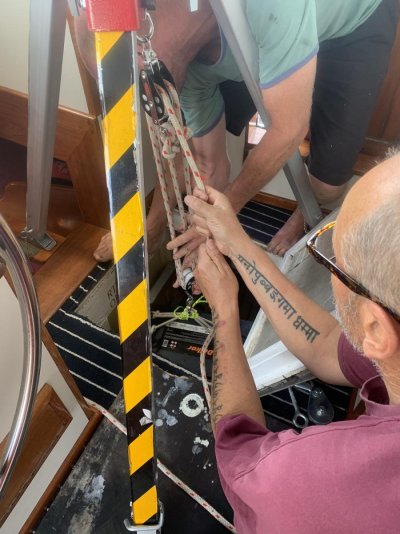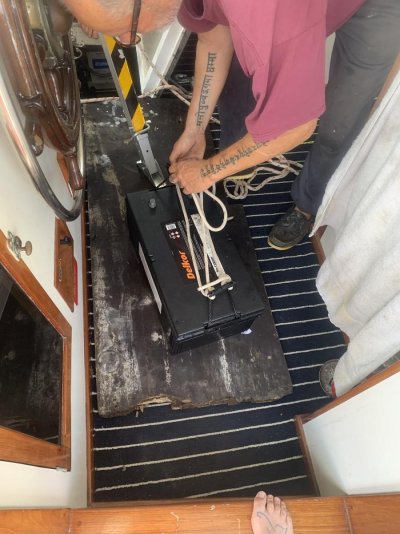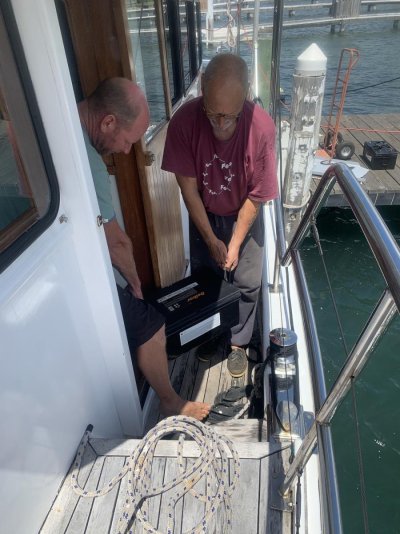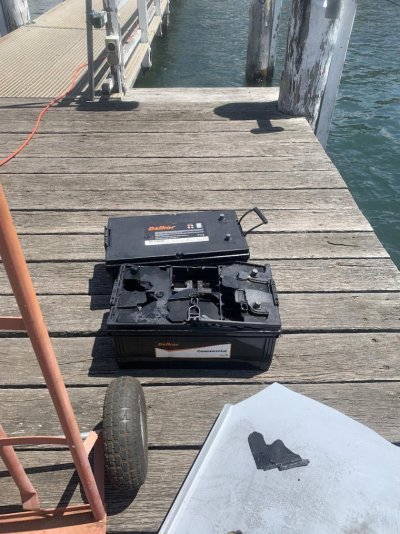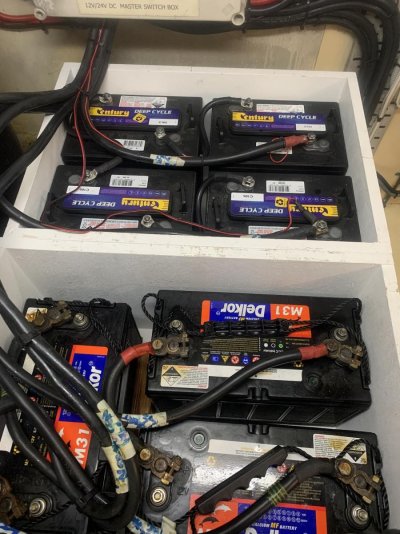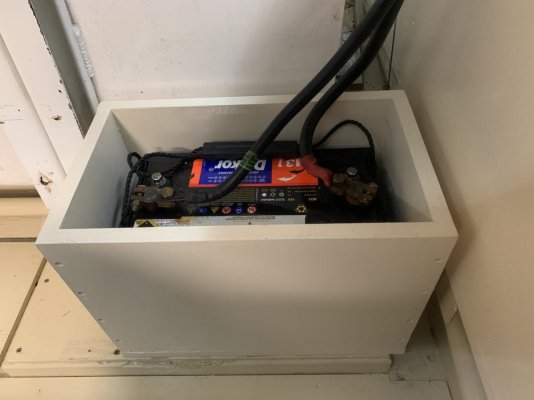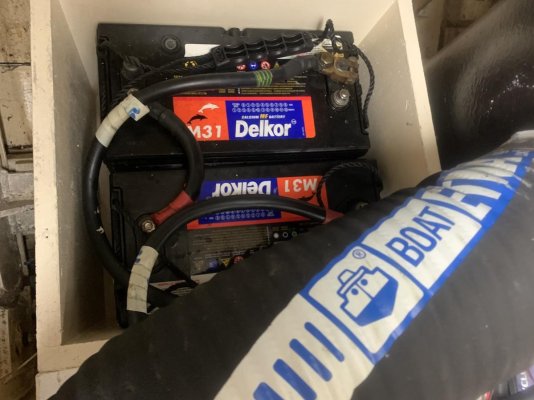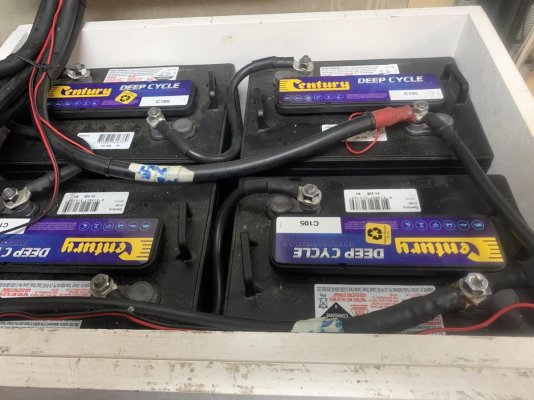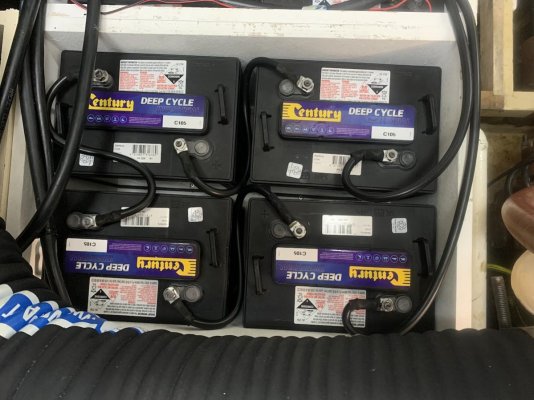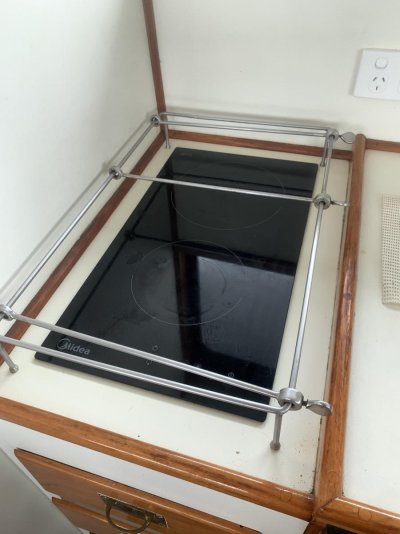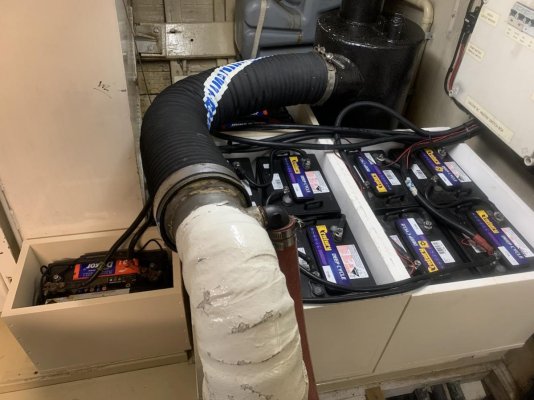It's been a while, and we have been in a long lockdown, like many. I am posting today on our recent trip North, from Greenwell Point to Pittwater, a distance of ~85nm. I wanted to talk about how we go about planning any trip. Before picking any possible weather windows, we look at the official nautical charts, here published by Australian Hydrographic Office (AHO). We use these for dead reckoning, getting a feel for the big picture (even though we have two 12" MFDs, these are not good for this purpose, IMO; charts are better)
And we have Alan Lucas's Cruising Guides, in addition to paper maps and the same MFDs you folk have, with their proprietary maps. Alan's Guides are fantastic; in addition to from-the water photos of all harbour entrances from both directions, there's a huge amount of additional information (like critical cruising-related phone numbers of local Marine Rescue pilot houses, harbour masters); it seems endless. Excellent reading any time, IMHO.
I will add the multiple weather prediction apps we use, too. But even the best can be completely wrong, even one day out (more below).
Our approach to planning is about safe havens in the case of bad weather as the priority. For example, we had been looking for a weather window to head north from our home, Greenwell Point, to take A-J to Sydney for some maintenance. We have been in Covid lockdown for many months.
The weather apps all showed last Tuesday and Wednesday to be days of moderate swell (1–1.5m, from two directions) and moderate winds (under 20kn). We set off at first light on Tuesday, crossed the Shoalhaven bar, logged on with Marine Rescue, and after running N for a while, worked out our current SOG (the East Australian Current was running around 3kn S at the time, but further offshore than we were), and updated our arrival time with MR. Day one's destination was Port Hacking, some 55nm up the coast. We did not use the stabilisers (this was my wife's first offshore trip and our hope was that it would be comfortable). Heading into a NE swell, with a NE 15kn wind, the motion of the boat was comfortable.
We set off on Wednesday morning, first light, and as the sun rose, we saw that from Port Hacking we were heading directly into a larger, at that point Easterly swell, 1.5–2m, and we decided to deploy the stabilisers; we came to a stop, and dropped the fish in after lowering the poles.
I am glad we did: we made the turn up the coast, staying about 1.5nm offshore, and the stabilisers worked beautifully; the wind was NE, about 10kn. We were planning to overnight in Sydney (Manly Cove, safe in a big nor'easter). But as we headed up the coast, we checked Thursday's weather for the third leg, Manly to Pittwater. Overnight, the forecast had changed, showing Thursday's swell to be quite a bit bigger (2-2.5m, and the same direction, NE being the primary one), and 20kn+ winds increasing sharply around lunchtime, and we wondered whether with a longer second day, we might avoid this.
So we recalculated our SOG (running into the almost head sea, plus the stabilisers, and the winds now 20kn) as we were making 5kn. The extra 20nm to Barrenjoey Point would be at least four hours. The boat was running well, visibility excellent, and we revised our ETA and destination with Marine Rescue.
By the time we were passing Long Reef, now 2nm offshore, the swell and the wind both had picked up; the wind was 20kn gusting to 25kn, and the swell ~2m, and still NE; I was concerned that as we started our series of turns around Barrenjoey Point that we might roll considerably more (occasional swells were 2.5–3m by now), but I needn't have worried; the stabilisers worked even better than I hoped for, and the motion hardly changed.
So, we made Pittwater by 14:00, and when we tied up to our mooring, I asked my wife to check Thursday's weather: 0.5m swell, and zero wind!
Moral of the story? Weather prediction software (SeaBreeze, BOM, Windy, and WillyWeather) had predicted completely different strength winds and swells just 24 hours out.
So, echoing a poster on another thread, we have a short day's destination, and a long day's destination, and the choice is only made on the conditions at the time.

